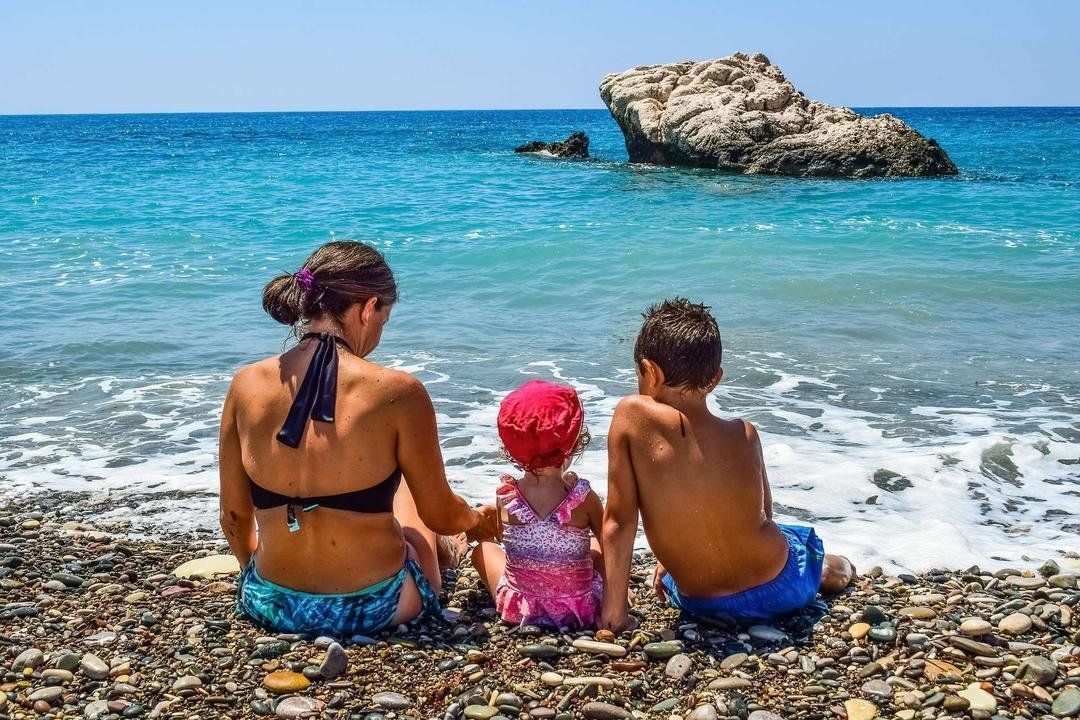Mediación: actividades para trabajar la autoestima infantil en casa

Enseñar a los más pequeños a ver el lado bueno de las cosas, les acabará sirviendo para afrontar las relaciones adultas con asertividad y resolver los conflictos de manera constructiva. Las vacaciones de verano son un buen momento para desarrollar la autoestima de los niños en casa, me habéis preguntado por el ejercicio de autoconcepto que mencionaba en el artículo del mes pasado, así que aprovecho para volver a mencionarlo y explicar otros tres sencillos ejercicios más:
DIARIO DE AUTOESTIMA: Animándolos a que respondan diariamente, antes de acostarse, a las siguientes 3 preguntas: “Lo más divertido/interesante del día de hoy ha sido..."; "Hoy me siento orgulloso/a de/por...", "Hoy he ayudado a.... haciendo…", estaremos poniendo el foco en las cosas positivas del día a día, mejorando el ánimo e impulsando un sano autoconcepto.
- GAFAS POSITIVAS: El pesimismo es uno de los grandes enemigos de la autoestima. Con las gafas positivas - pueden ser las típicas de juguete -les ayudaremos a ver las oportunidades en las dificultades diarias y reconocer sus personales virtudes. Podemos jugar a que se las pongan y digan algo bueno de la persona que tienen a su lado ("siempre me ayuda con los ejercicios", "es buena amiga", "es muy alegre conmigo", "sabe compartir" etc. ). Así, cuando se encuentren en una situación complicada, también podremos animarlos a ponerse las gafas y tratar de ver lo positivo, pues siempre es posible sacar algún aprendizaje de todo lo que nos sucede, ya sea un conflicto con otra persona, un error o un contratiempo.
- EL TESORO: Este es un recurso bonito pues es algo físico a lo que el niño/a podrá recurrir siempre que necesite sentirse mejor consigo mismo/a. Dentro de la caja podemos poner objetos y notas que le recuerden lo maravilloso/a y único/o que es. Por ejemplo, frases con sus puntos fuertes, dibujos de sus habilidades, fotos de sus seres queridos, recuerdos de momentos importantes o logros, algún recuerdo alegre, etc.
- AFIRMACIONES POSITIVAS. Las afirmaciones positivas son una estupenda herramienta para combatir la baja autoestima. Se trata, simplemente, de interiorizar frases positivas sobre uno mismo. Es bueno, además, orientarlas a futuro, es decir, hacia aquello que queremos conseguir. Y se escriben siempre de forma alentadora. Podemos animar enérgicamente al niño/a escribir sus frases y recordarle que las repita un par o tres de veces al día, por ejemplo, "soy capaz de aprobar el examen de matemáticas", "mejoro cada día porque me esfuerzo", “soy alegre”.
Catalina Bernaldo de Quirós.
Mediadora y Pedagoga
Directora del Gabinete de Mediación “Co-Mediacion”
Más info en: www.co-mediacion.com
MEDIATION: ACTIVITIES FOR WORKING ON SELF-ESTEEM OF CHILDREN AT HOME
Teaching the little ones to see the positive side of things will end up helping them to tackle adult relationships with assertiveness and to resolve conflicts in a constructive way. Summer holidays are a good time to develop the self-esteem of children at home, I have been asked about the self-image exercise that I mentioned in the article last month, so I want to take this chance to mention it again and explain another three simple exercises:
- ELF-ESTEEM DIARY: By encouraging children to respond each day, before going to bed, to the following 3 questions: “The most fun/interesting thing about today was...”; “Today I feel proud of/because...”, “Today I helped...by doing”, we will put the focus on the positive aspects of daily life, improving mood and encouraging a healthy self-image.
- POSITIVE GLASSES: Pessimism is one of the great enemies of self-esteem. With positive glasses - they can be the typical play glasses -we will help them to see opportunities in daily difficulties and recognise their personal attributes. We can play a game getting them to put the glasses on and say something good about the person next to them (“they always help me with exercises”, “she is a good friend”, “she is very happy with me”, “they know how to share”, etc.). So, when they find themselves in a difficult situation, we can also encourage them to put on the glasses and try to see the positive, as it is always possible to learn something from everything that happens to us, whether it is a conflict with someone else, a mistake or a setback.
- THE TREASURE: This is a nice resource as it is something physical that the child can use whenever they need to feel better about themselves. Within the chest you can put objects and notes that remind them of how marvellous and unique they are. For example, phrases with their strengths, drawings of their skills, photos of their loved ones, memories of important moments or achievements, a happy memory, etc.
- POSITIVE AFFIRMATIONS Positive affirmations are a fantastic tool to combat low self-esteem. It is simply about interiorising positive phrases about oneself. It is also about guiding the child towards the future, that is to say, towards what they want to achieve. And they are always written in an encouraging way. We can emphatically encourage the child to write down their phrases and remind them to repeat them a few or three times a day, for example, “I am capable of passing the maths exam”, “I improve every day because I try to”, “I am happy”.


